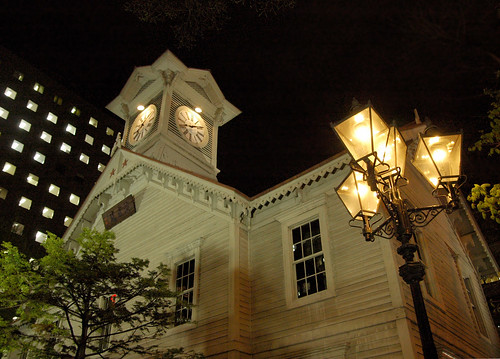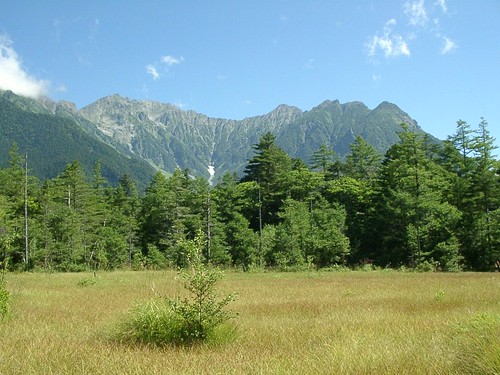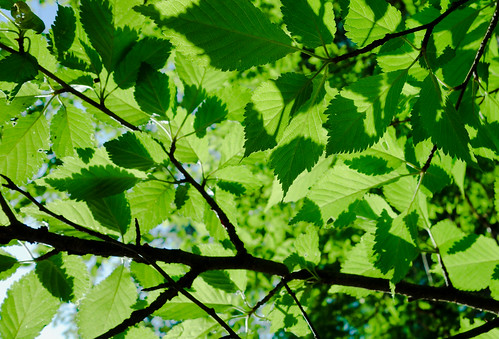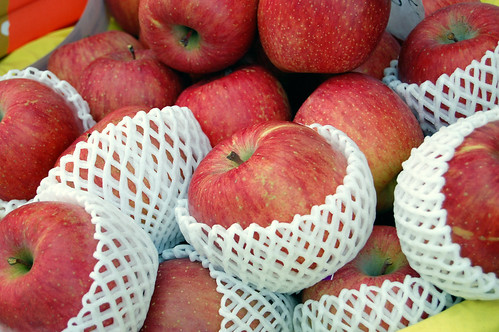Lilacs are actually some of my favorite flowers. At home, they bloom around the end of April, just in time for my birthday. It's a bit colder in Hokkaido so it takes them a little longer. This was the 55th year of the Lilac Festival in Oodoori Park, which spans the middle of downtown. There are at least 3 other festivals at Oodoori park that are more famous than this one. The lilac festival is actually a lot more than just blooming flowers, though. There were a bunch of musical performances, food stalls, tea ceremony, and even a flea market. Unfortunately, this event is so non-famous that even the official website doesn't have any decent pictures to showcase.
But! One of the things they sold at the food stalls was Hokkaido sweet corn. Naturally.

Photo by Justin Cozart
Hokkaido sweet corn is called "toukibi." It's roasted and covered in butter and soy sauce.
The American-made clock tower is one of the oldest buildings in Sapporo and one of the few remaining western-style buildings there. Built in 1878, it was part of the drill hall of Sapporo Agricultural College. The clock still keeps the time and chimes every hour.

Photo by Autan
Stay tuned for a bit more controversy (maybe) in the next Hokkaido post.













